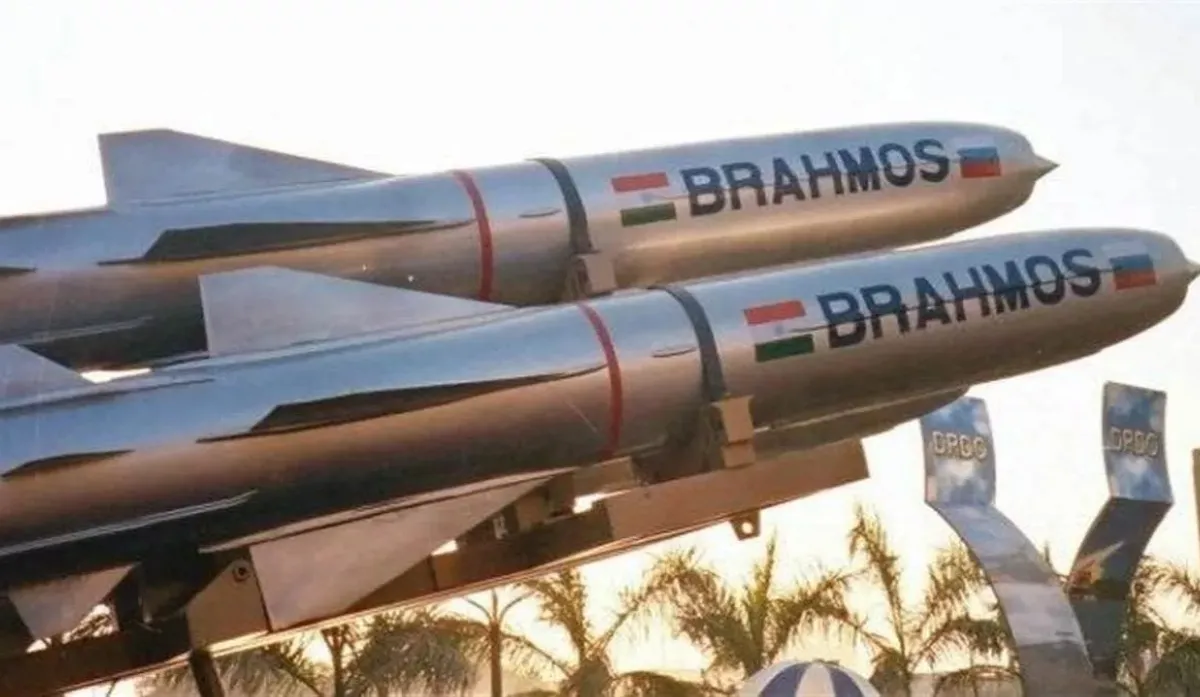DRDO is looking to build a next-generation BrahMos missile, which will be a lighter, smaller version of the current version, the organisation’s Chairman and Department of Defence Secretary (R&D) Samir V Kamat said on Saturday.
BrahMos-NG (Next Generation) will be able to fit into any platform, unlike the current missile, which can only be used with the Sukhoi aircraft, the DRDO chief added.
“We are looking at BrahMos-NG, which is a smaller version of BrahMos, which can then be fitted on all our other platforms. Today, BrahMos can only be fitted on the Sukhoi platform, but if we can make it smaller, we can fit it on all our platforms. We are planning to start it soon,” he said.
“When it comes to offensive weapons, BrahMos was the primary weapon used, which was launched from our Sukhoi Mark 1 platform. When it comes to defensive weapon systems, the Akashteer system, the anti-drone system,” he added.
Kamat further mentioned how the Akashteer network helped in identifying any threats coming towards India, and also in deciding what kind of weapon could be used to neutralise such threats.
ALSO READ: ‘Shot Down 5 Pakistani Jets During Operation Sindoor, Had Full Freedom To Plan, Execute’: IAF Chief AP Singh
“All the sensors were networked using the Akashteer, which helped in identifying the threats coming towards us and then deploying the right kind of weapon to neutralise those threats. Advanced early warning and control aircraft were also used for advanced surveillance. This is broadly what I can say without getting into too much,” the DRDO Chairman said.
Earlier, while also expressing pride over the growing strength of India’s defence research and development sector, Kamat mentioned, “It’s indeed a proud moment for all of us. It’s a reflection of the strength of our R&D and production in the defence domain. I’m sure going ahead, this number will keep increasing.”
Earlier, it was reported that the annual defence production has achieved a record high of Rs 1,50,590 crore for the Financial Year (FY) 2024-25. The milestone represents a robust 18 per cent growth over the previous fiscal’s output of Rs 1.27 lakh crore, and a staggering 90 per cent increase since FY 2019-20, when the figure was Rs 79,071 crore.
(Except for the headline, the story has no been edited by The Daily Jagran. ANI)
